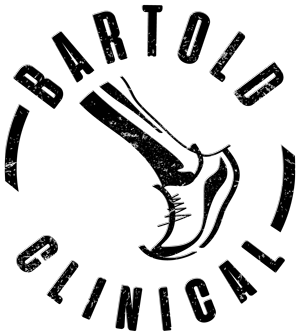
How Super Shoes Work Today, we discuss Part 1 of How Super Shoes Work: It Is All In The Muscles! Well, the old firm is back together! Think Simon and Garfunkel, Abbot and Costello, Bing and Bob, Lennon and McCartney, but in this case, even better! Nigg and Stefanyshyn! Yes, if we had to pick…
Simon Bartold
Director of Bartold Clinical
0 likes
2 comments
2 responses to “How Super Shoes Work: It Is All In The Muscles”
Leave a Reply
You must be logged in to post a comment.



Hi Simon – so much to take in and looking forward to reading part 2. I’d be grateful for your thoughts on four things:
– I read somewhere recently (I think in your article on the Forward Transition Paradigm?) about a study that attempted to attribute energy consumption during running. If I remember rightly, one conclusion was that relatively little energy was lost through lateral motion. In that context, I find it interesting that reducing negative work at the MTP could be so material. Is this coming from reducing the work required by the intrinsic flexor muscles? How quantifiable is the saving from this effect, and where do you think it ranks relative to effects 2-4 listed above?
– I’m also interested that you’ve added geometry to the list of super shoe features. We’ve seen this in cheaper shoes without carbon plates, e.g. the Asics GlideSole used in the GlideRide and EvoRide (which I would also describe as having stiff midsoles – would this equate to resilient?). In the first iterations Asics attributed the benefit to increased ankle stiffness; I found this a bit hard to conceptualize, but can see how they can reduce ankle dorsiflexion and eccentric work – closer to effect 4 above). In terms where the benefits from super shoes are coming from, I’d be interested to know where you’d rank this geometry and reliance relative to the stack heights and carbon plates?
– By what mechanism would you suggest the shoes are increasing stance time?
– Finally, in terms of the functioning of the foot, do you see reduced MTP dorsiflexion impacting on the activation of the Windlass and causing issues for any runners?
Cheers,
George
Great questions George! Thanks for taking the time,. OK, so let’s try to get a handle on this.
The 1st MPJ is the second most important foot joint next to the ankle in terms of energetics. Running in traditional shoes allows for greater 1st MPJ dorsiflexion thereby increasing the work performed at the joint. The carbon fibre plate of the super shoes negates this effect very significantly and is quite easy to measure. The energy absorbed and generated is about the same for the ankle ,knee and hip joints. In the 1st MPJ however,the energy absorbed is substantial, while the energy produced in the joint is small. So, the 1st MPJ loses energy during each ground contact.
The mechanical reason for the energy loss is is the bending of the 1st MPJ. If it did not bend, it would not lose energy and so if the midsole bending stiffness is increased, the amount of energy lost will be reduced.
– in relation to the importance of the relative features of the super shoes, I would rank as follows !. Geometry 2. resilience of the midsole material 3. Carbon fibre plate
– the super shoes increase stance time becasue they all have a significant rocker which increases the time for the rollover process
– finally yes I do potentially see issues with the increased stiffness of the shoes and the change in 1st MPJ mechanics and therefore the windlass mechanism. As we know, the load has to go somewhere, and that increased load may parley to injury. These shoes in my opinion are definitely not a training product, but rather a performance shoe for racing. I could see significant potential problems for any athlete who habitually trained in such footwear.
best Simon